Senbazuru || The Art of Folding a Thousand Paper Cranes
Unfolding Tradition || Explore the Enduring Legacy and Cultural Significance of Senbazuru

What would you do for a wish?
For those willing to commit enough time and energy (and paper!) the art of Senbazuru is a challenge as fulfilling as it is difficult.
Senbazaru is the Japanese art of folding a thousand paper cranes. It is said that whoever does so will receive a wish.
The end result is a representation of dedication, hope, and peace, encapsulated in the form of a thousand origami cranes.
In this article we’ll delve into the captivating world of Senbazuru, exploring its history, the cultural significance of cranes, and the story of Sadako Sasaki, the 12 year old girl who brought this practice to the world’s attention.
千羽鶴 || せんばづる || Senbazuru
sen (1000) ba (counter for birds) tsuru (cranes)
1000 Paper Cranes || Origins and A Brief History
1000 Paper Cranes|| Symbolism of Cranes
1000 Paper Cranes|| Significance in Celebrations and Events
1000 Paper Cranes|| Making Your Own Senbazuru
1000 Paper Cranes || FAQs
Senbazuru || Origins and A Brief History
Ancient Beginnings
The art of origami, of which Senbazuru is a prominent subset, has a long and somewhat mysterious history.

The true origins of origami are at best, an educated guess.
Many studies draw the conclusion that origami originated in Japan 1000 years ago, some argue it was actually invented in China (a reasonable claim given that’s where paper was first made).
Ultimately, there is no hard evidence that origami existed before 1600.
What is known, is that origami initially began as a religious and ceremonial activity, before becoming a more complex pastime in its own right. Origami then began to be taught in school during the Meiji Period (1868-1912).
As for senbazuru, this craft can be traced back to the 18th century and one book in particular:
Hiden Senbazuru Orikata
“Hiden Senbazuru Orikata,” translated as “How to Fold a Thousand Cranes,” was published in 1797 and is the oldest known book on origami.
As you probably guessed from its title, the purpose of the book was to provide detailed instructions and techniques for folding a thousand paper cranes.
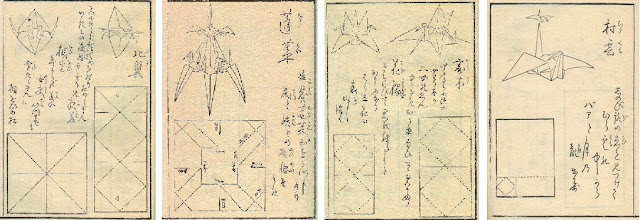
Sadako Sasaki’s Legacy
One of the most poignant aspects of Senbazuru’s history is the story of Sadako Sasaki, a young girl who was born in Hiroshima, Japan, in 1943.
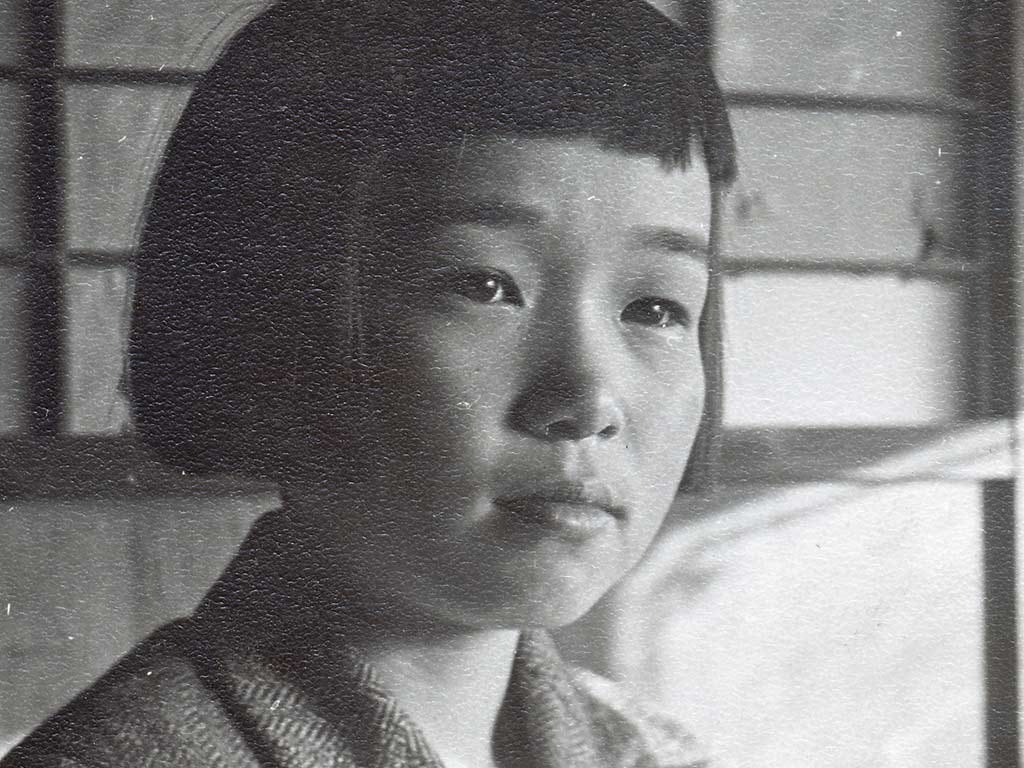
At only two years old, Sadako was exposed to the devastating effects of the atomic bomb that was dropped on Hiroshima during World War II.
A decade later, she was diagnosed with leukemia, known as the “A-bomb disease.”
While hospitalized, Sadako learned about the ancient Japanese legend that folding a thousand paper cranes could grant a wish.
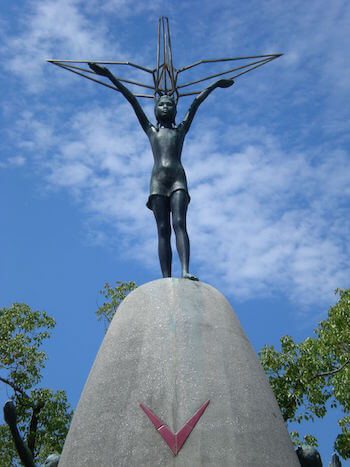
Fueled by her desire to recover and to see peace in the world, Sadako embarked on a mission to fold a thousand cranes.
Despite folding an estimated 1300 cranes, Sadako sadly passed away in hospital at the age of 12, surrounded by her family.
However, Sadako’s story left a big impact on Japanese society.
In 1958, A statue of Sadako was erected in Hiroshima Peace Memorial Park and thousands of people have been to visit and pay their respects, leaving behind approximately 10 million paper cranes each year.

The Art of Stealth and Bushido || Samurai and Ninjas: Who Were They REALLY?
From Shadows to Swords: Uncovering the History of Ninjas and Samurai in Japan For non-Japanese folk, the terms samurai and ninja are very familiar, and we all have our own impression about who they were and what they looked like….
Senbazuru || Symbolism of Cranes

In Japan, cranes hold deep cultural significance and are woven into the fabric of the country’s history, mythology, and art.
You’ll find cranes everywhere from traditional paintings, on fans and chopsticks and even on Japanese beer cans. You may even be lucky to witness a traditional crane dance performed in Hokkaido.
Standing up to 5 feet tall with a wingspan of eight feet, Japanese cranes are just as impressive to look at in real life.
These majestic birds are revered for their grace, longevity, and associations with auspicious qualities.
Longevity and Good Fortune
Whilst cranes in the wild live for around 40 years, in Japanese folklore they are said to live for 1000 years, creating the belief that folding 1000 cranes would grant the maker a wish.
In Japanese culture, they are considered symbols of good fortune and a life well-lived. The crane’s ability to soar to great heights in the sky is seen as a metaphor for attaining aspirations and transcending challenges.
Moreover, the crane’s migratory nature, which involves navigating vast distances, embodies qualities of resilience, determination, and endurance.
Fun Fact: If you want to see Japanese cranes in real life, you can head over to the Kushiroshitsugen Wildlife Center in eastern Hokkaido.
Symbol of Peace
With strong links to the story of Sadako Sasaki, the young girl who died of leukemia after the 1945 bombing of Hiroshima, cranes have a strong association with anti-war protests and images of peace.
The migratory nature of cranes further symbolizes the movement from one place to another in hope of peace and good health.
Each year, thousands of Japanese children visit the Hiroshima Peace Memorial Museum, where cranes made by Sadako Sasaki can be found and even more are sent from all over the world.
Paper cranes were even left in Manhattan after the 9/11 attacks and one of Sadako Sasaki’s cranes was put on display at a Pearl Harbor memorial in 2020.
Senbazuru || Significance in Celebrations and Events
Japanese cranes mate for life, which makes them a natural candidate to represent love and longevity.
It also goes without saying that folding one thousand paper cranes is certainly a labour of love – it’s estimated that a novice would have to spend around 100 hours on the behemoth task!
This is perhaps most significant during Japanese weddings.
Cranes often appear on wedding invitations and even embroidered onto the obi, the sash worn with a kimono, or the kimono itself.
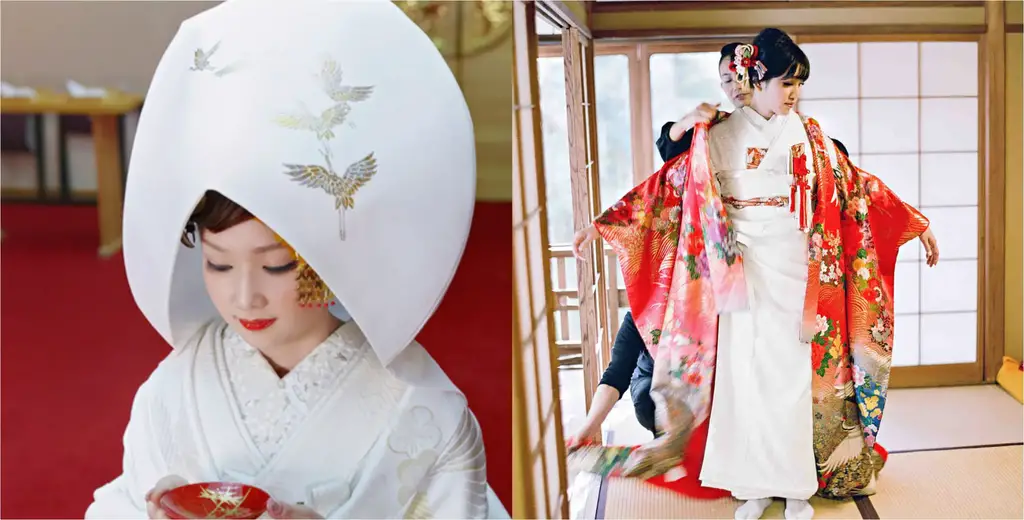
The responsibility who creates the senbazuru for weddings has shifted with time and the ebb and flow of traditions.
Initially, the father of the bride would folds the cranes and present them at the wedding ceremony to wish the couple a long and happy marriage. Then, the task fell more to the bride, who would craft the cranes as proof of her commitment to the marriage.
Today, however, it’s not uncommon for couples to work together to fold the birds, or even for entire families to get involved.
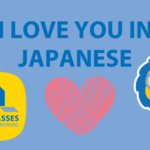
Express Your Love 💖 How to Say I Love You in Japanese
Today we open our hearts and teach you how to express you love in Japanese – welcome to our guide on how to say I love you in Japanese.
Senbazuru || Making Your Own Senbazuru
This probably goes without saying, but you’re going to need paper. A lot of it.
You don’t have to use special origami paper, but to make a paper crane you’ll absolutely need square paper.
Typically, origami paper is around 7.5cm x 7.5cm (this is also the most popular size used for Senbazuru), but you can go right up to 35cm x 35cm if you’re feeling flashy!
For beginners, 20cm x 20cm is a good starting point, as small sizes can be a little bit fiddly.
Once your sheets of paper (and patience) are ready to go, give this video a watch and remember, it gets easier with practice!
And don’t worry, if you can’t get your hands on any square paper, we’ve found a tutorial that starts with A4 (and yes, you’ll need scissors!)
And there you have it! Would you incorporate Senbazuru in any special moments in your life? Let us know in the comments.
Senbazuru || FAQs
What is Senbazuru?
Senbazuru is the Japanese art of folding a thousand paper cranes, in order to be granted a wish.
What is Senbazuru in Japanese?
In Japanese, the kanji for Senbazuru is 千羽鶴 and the hiragana is せんばづる.
Let’s break the word down even more: sen (1000) ba (counter for birds) tsuru (cranes)
What is the meaning behind folding a thousand cranes in Senbazuru?
Folding a thousand cranes in Senbazuru symbolizes hope, healing, and good fortune. It’s a traditional practice that embodies patience, dedication, and the desire for a better future.
How long does it take to fold a thousand cranes?
The time it takes to fold a thousand cranes can vary based on an individual’s skill level, paper size, and dedication. Realistically, if you’ve got a job or go to school, you’re looking at several months to finish these cranes, so consider enlisting friends and family!
Is Senbazaru used in weddings?
Yes! Whilst not a feature of every wedding, you may find 1000 paper cranes have been folded for a Japanese wedding to represent a love, loyalty and longevity in a marriage.
If you look closely, you might also find cranes embroidered on the wedding kimono or printed on the wedding invitations.
Who is Sadako Sasaki?
Sadako Sasaki was a young girl who became a poignant symbol of hope and resilience in the aftermath of the Hiroshima atomic bombing during World War II.
Sadako was exposed to the bomb’s devastating effects at the age of two and was diagnosed with leukemia years later.
Inspired by the Japanese legend that folding a thousand paper cranes grants a wish, Sadako embarked on creating Senbazuru, hoping for recovery and peace. While she tragically passed away at the age of twelve, her legacy lives on and the practice of folding cranes continue to inspire people worldwide.
Want More From LTL?
WANT TO LEARN JAPANESE? Check out our online Japanese courses here.
We offer a 7-day free trial to all new students where you can study 24/7.
What about studying Japanese in Japan instead? We’ve got your back. Our Japanese courses in Tokyo can either be taken in small groups of no more than 5 students or individually for a more tailored experience.
We even offer incredible homestay experiences in Tokyo as well.
Come and be a part of this amazing community.








